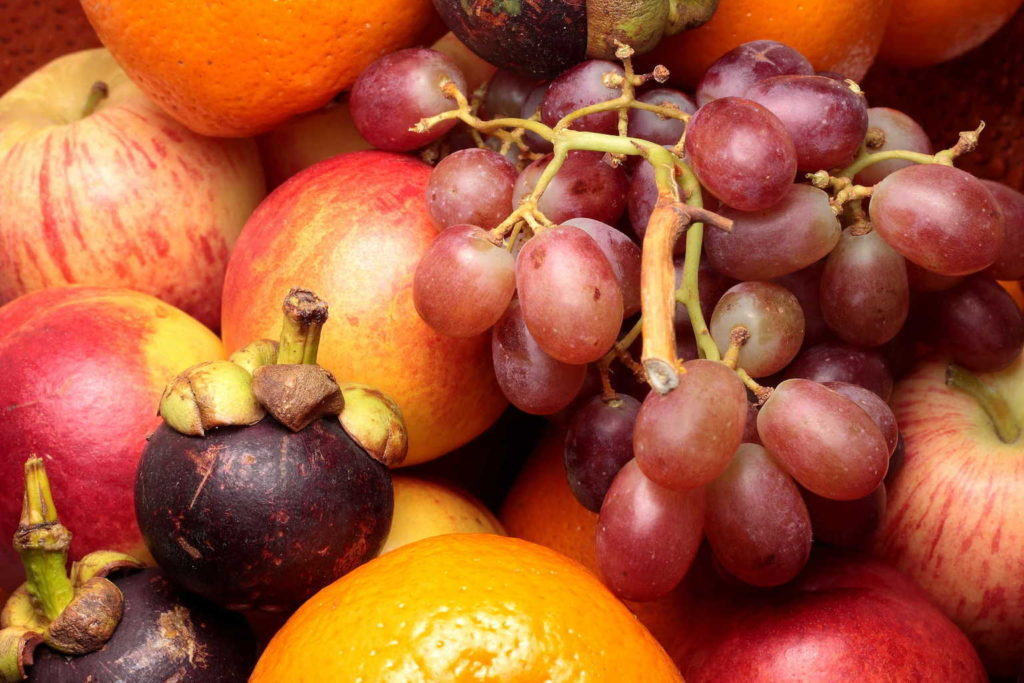Contents:
- Medical Video: The Complete Guide to Starting Solids
- How to start?
- What tools should be used to feed the baby?
Medical Video: The Complete Guide to Starting Solids
Babies are recommended to get exclusive breastfeeding for 6 months before finally being given solid food, because babies under 6 months have extrusion reflexes. This reflex makes the baby push his tongue when a spoon or food is inserted into his mouth. This reflex will gradually disappear when the baby is around 4-5 months old. After this reflex is gone, you can start trying to give it solid food. At the 4th month's examination, consult with your doctor when it's the right time to start giving him solid food complementary to breast milk.
How to start?
As with breastfeeding, you can start giving solid food whenever the baby is ready. Increasing age, children usually want to eat with other family members. In order not to choke, make sure the baby sits upright when eating. If the baby cries when given solid food, do not force the child to finish the food. The important thing is that both mother and child both enjoy this moment without coercion. You can return to breastfeeding or bottle milk for 1-2 weeks before trying again.
One way to facilitate the transition process is to give it a little breastmilk first, then give ½ small spoonful of solid food, and end the eating process by drinking ASI again. This method will prevent the baby from getting too frustrated when he feels very hungry.
No matter how skilled parents feed their children, most baby food will be covered in eating aprons, mouths, and even baby's faces. Therefore, adding portions of food gradually (starting with 2 teaspoons) until the baby begins to understand how to swallow solid food.
When babies start to be given solid food, serve the same type of food in 2-3 days. This will make it easier for you to find out the types of foods that are not suitable for babies (for example, foods that trigger constipation, diarrhea, vomiting, rashes or allergies). If this happens, avoid foods that are thought to be unsuitable for the baby's stomach until you consult a pediatrician. For 2-3 months, involve breast milk, cereals, vegetables, meat, eggs, and fruits in the baby food menu for 3 meals a day. Remember! Canned food for adults generally contains salt and preservatives, so it is not good for babies to consume.
What tools should be used to feed the baby?
Always use a spoon when feeding solid foods to babies, except for babies with gastroesophageal reflux, that should also be based on doctor's advice. Some parents try to put solid food into a bottle with a nipple at the end. However, feeding the baby with a method like this can increase the amount of food intake and cause excessive weight gain. Get used to the baby to eat while sitting, eat using a spoon, chew, and stop when feeling full. This learning will form good eating habits throughout his life.
Choose a spoon that matches the size of the baby's mouth. Better, use a rubber-coated baby spoon to avoid injury while eating. Start with half a spoon or less, and have the baby interact during this process ("Mmm, this food is healthy, you know!"). Initially, the baby may be confused, wrinkle the nose, or even reject the food. This is reasonable because the transition process definitely takes time.
Avoid feeding your child directly from the bottle of food. Instead, transfer enough baby food from the bottle to the baby's plate. This can prevent food in the bottle from being contaminated with bacteria from the baby's mouth. Food left on the plate must also be discarded, it should not be stored.
As you get older, children will find a variety of menu choices and begin to get used to eating alone regularly. Discuss with your doctor about your child's personal nutritional needs.












